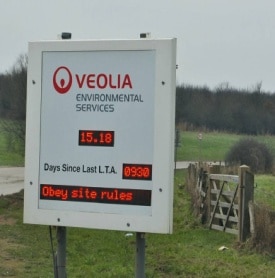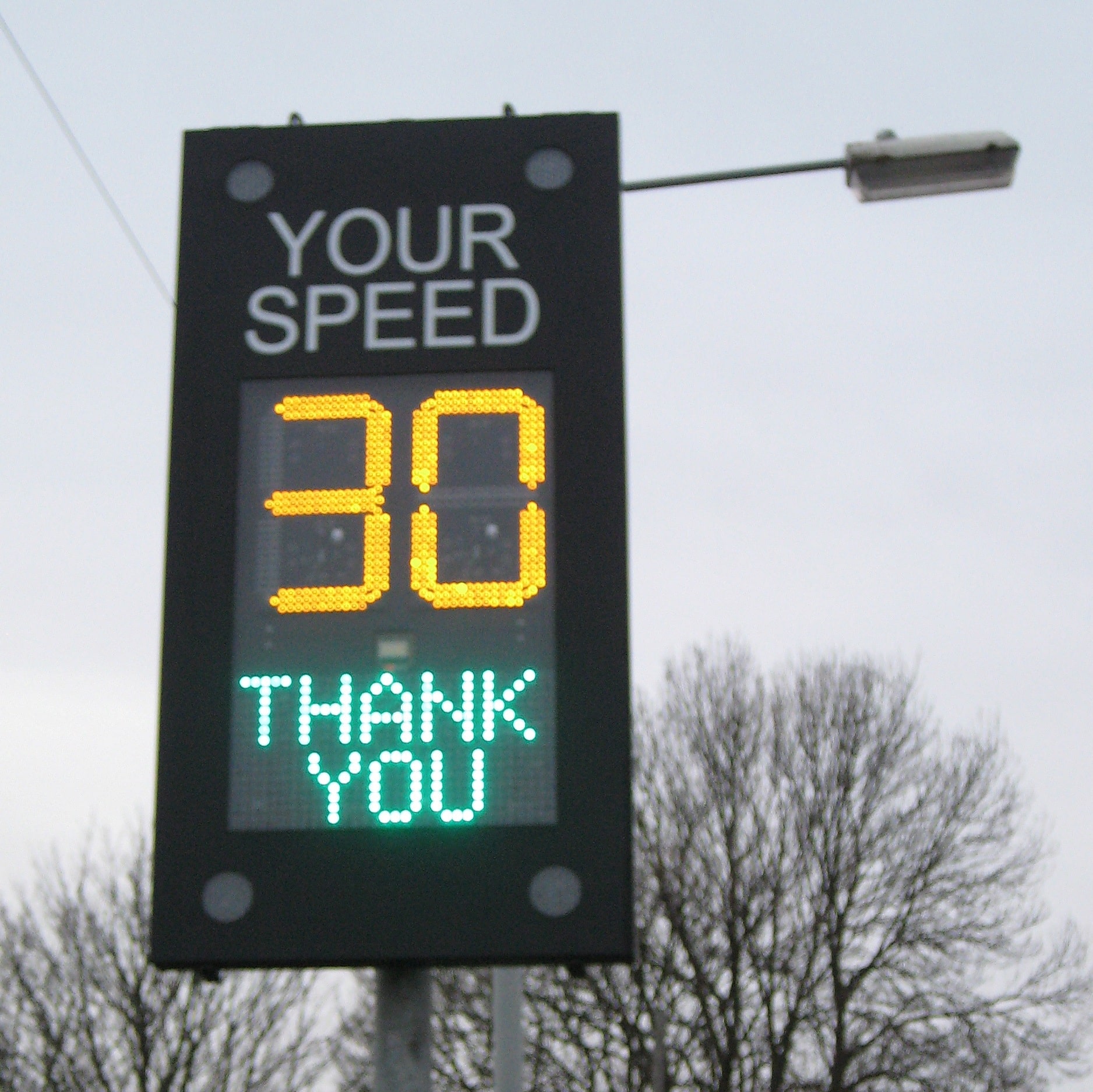Planning Permission for LED screens
19th November 2014
 Planning Permission for LED Screens
Planning Permission for LED Screens
Thinking about an LED sign but worried about planning permission?
Messagemaker has produced a brief guide to the areas you need to consider about planning permission for LED screens…
LED is certainly the sign of choice if you want to create an eye-catching, attractive and versatile display. However particularly for illuminated signs outside, planning permission is needed. In our Planning Permissions Guidelines we provide an overview of the key areas to think about if you are looking at an LED sign for a range of purposes – be it advertising, customer information, entertainment, safety, or any other situation where you need to get your message across in lights.
Our guide covers the main issues that worry planners, such as:
- Acceptable brightness levels
- The importance of automatic brightness control
- How to assess an LED quote
- Factors to consider for night use
- The different uses of variable message signs
- Frequency of message rotation
For more detailed expert advice on your LED sign or screen project, let Messagemaker be your trusted partner for information and guidance. We have over 20 years’ experience in LED displays and a track record of thousands of LED installations.
Here’s our advice on the areas you need to consider…
Any sign to be located inside premises or in a shop window are less restricted in use than outside. A reading of the sign guidelines indicates that a more than 1 metre back from the window and not excessively bright is treated as a normal accepted illuminated window. Plenty of clients run screens in windows, some closer than 1 metre and so this is plainly accepted but you should check with planners on this issue.
For any illuminated signs outside, planning permission is needed, as there are two areas that worry planners. One is excessive
brightness, the other is movement or distraction, particularly if by a road.
Brightness
For the brightness issue, most planning authorities will use a measure of brightness based on illuminated sign lightboxes as a standard –
this might be a figure of 200/500 Nit or candela per square metre. Or they may have an equivalent figure in Lumens. When an LED sign is fitted in that application it MUST have automatic brightness control fitted and enabled (all our signs have this).
What catches most people out on brightness is that an LED sign maker would quote; let’s say a brightness of 6000 Nit candela per square metre (that’s based on all LEDs on, full brightness). Plainly that is way above the level the authority would accept for light boxes, so a simple reading of those numbers means that an LED can’t be used. But the local authority lightbox brightness level is designed to make sure that the sign is not too bright at night. And if an LED is used at night, two factors come into play:
• First, the automatic brightness sensor will turn the display down to 2-‐4% of its maximum brightness.
•Second, almost any image, and particularly text, will only be illuminating about 60% of the LEDs.
So the local authority brightness measures are met properly, you must have a look at the figures more carefully. And you must make sure auto brightness is enabled.
Movement/Distraction.
For the second element, movement or distraction, any variable message sign can be used in one of 3 modes:
1. Fixed page, whereby the display shows fixed data, but is variable (like motorway signs). So a message might change, but would only change let’s say once every 6 – 8 seconds. few minutes, or a few times a day. In our opinion any LED sign going where there is a planning permission for illuminated signage would be acceptable for use as a variable message sign. There should be a debate with planners over how frequently the message is changed.
2. Scrolling text, or fixed page changing every few seconds, perhaps with fancy effects. Here there is more distraction potential and authorities can range in response. This is similar to the changing large format displays that show on sides of buildings. It is the movement or rapid changing of data which is the element they don’t like.
3. Full graphics or video – except for Piccadilly Circus, very rarely used or approved.
Of course the actual hardware we supply is capable of all three uses. So it’s just a question of getting acceptance for the use you
want. The easy way in is to put the displays in and use them as variable message signs. This should meet the brightness requirement. There may be a discussion over how frequently the message can change (can be seconds, minutes, hours). The standard one used in digital advertising is 8 seconds.
Once installed, then you can program the display as you wish, but if you wish to change the use then liaise
with your local planner. A common‐sense approach is required, for instance a large sign in a residential or historic area or a known accident black spot shouldn’t be run in either a completely whizz-bang way with loads of movement or flashing, or in a more sympathetic variable message way.
Messagemaker has over 20 years experience in LED screens and a track record of thousands of LED installations. For more advice and guidance on your LED screen project please contact us on Tel 01737 774738 or visit www.messagemaker .co.uk
 BACK
BACK


